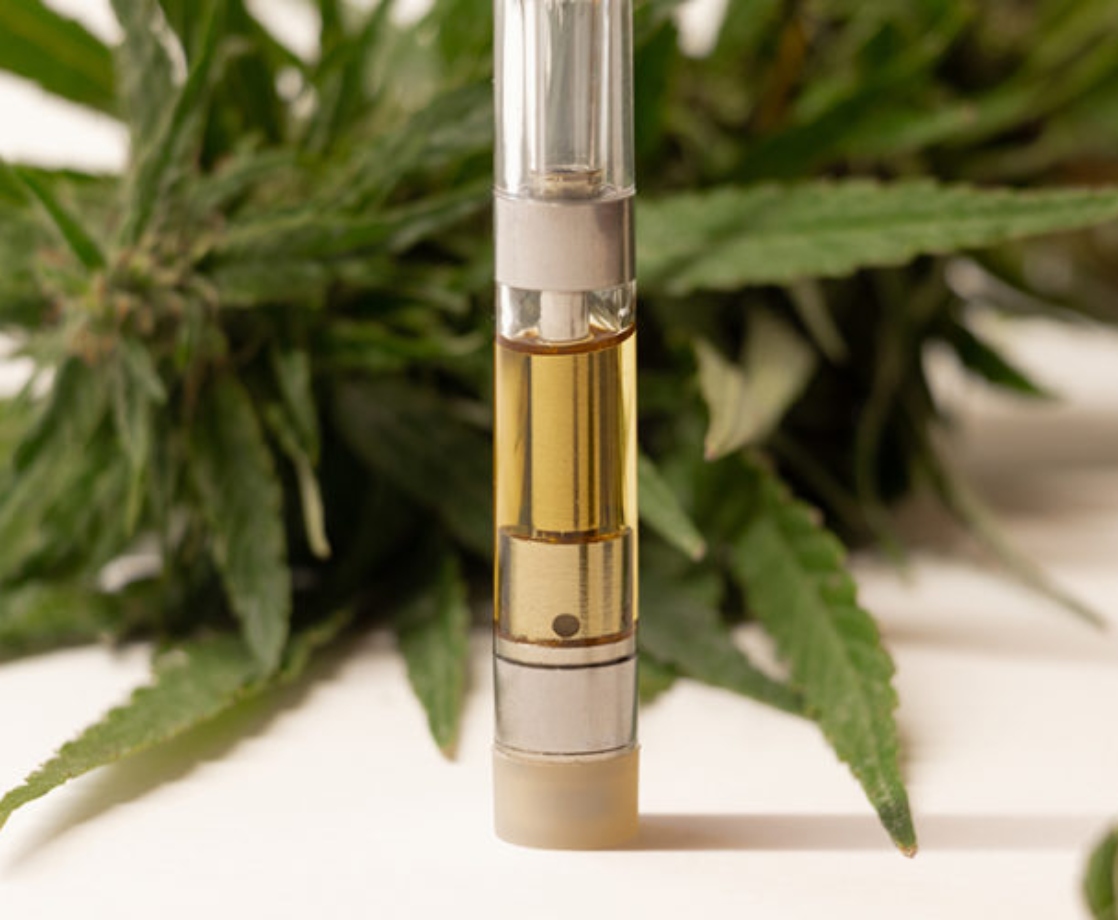Image via
Oregon is using $300 million of cannabis tax revenue to open dozens of new drug treatment and rehabilitation services, all thanks to the state’s drug decriminalization law.
Back in 2020, Oregon voters approved Measure 110, a landmark ballot initiative that decriminalized minor drug possession in the entire state. Under this new law, simple drug possession cases are reclassified as civil infractions punishable by a $100 fine, with no chance of jail time. Independent analysts have predicted that this law will reduce racially-disproportionate arrests by up to 95%.
In addition to refocusing drug possession as a public health issue instead of a law enforcement strategy, the law also creates Behavioral Health Resource Networks that offer health services and support to people who are struggling with drug addiction. The funding for these new centers comes exclusively from tax revenue collected from the state’s adult-use cannabis market.
These centers were supposed to open last October, but the state is only now getting around to disbursing the necessary funding. At a recent press conference, Steve Allen, behavioral health director for the Oregon Health Authority, said that pandemic-related staff shortages helped drag the funding approval process out for nearly a year.
“There was a lot of learning on the fly during a time (when) the Covid-19 pandemic was depleting Oregon’s behavioral health care workforce, diverting critical resources and driving a spike in demand for these services,” Allen said, according to the Oregon Capital Chronicle. “When you do something for the first time, you’re going to make mistakes and often learn hard lessons.”
Regulators eventually appointed a funding council primarily composed of people who are themselves recovering from addiction. That council has now granted over $260 million to 44 treatment and recovery networks in the state. By next June, the state will have directed around $300 million in pot tax revenue to these centers. Each individual county receives a different number of treatment centers, based on the number of drug arrests, overdose deaths, Medicaid patients, and homeless people in each county.
These networks will offer addiction treatment and recovery services, healthcare assessments, peer support, and assistance finding housing and employment. The networks will also host a number of harm reduction services, including needle exchange programs and overdose reversal medications. These services are provided free of charge, which is especially critical since Medicaid does not cover many of these expenses, and many people struggling with addiction do not have access to expensive health insurance.
But even with the funding in place, health officials still have a lot of work ahead of them. Since 2020, drug overdoses have become the leading cause of death in Oregon, partially driven by an influx of cheap fentanyl. Before they can fully open for business, these new health centers must hire and train staff, buy equipment and supplies, and in some cases, renovate the buildings they are located in.
“The reality is you can’t fix a system that is broken in just 18 months,” said Sabrina Garcia, member of the Klamath Tribe and co-leader of the Measure 110 council, to the Oregon Capital Chronicle. “What we can do over the next 18 months is support these networks by making sure they operate as intended and make sure there is a stable source of funding.”











